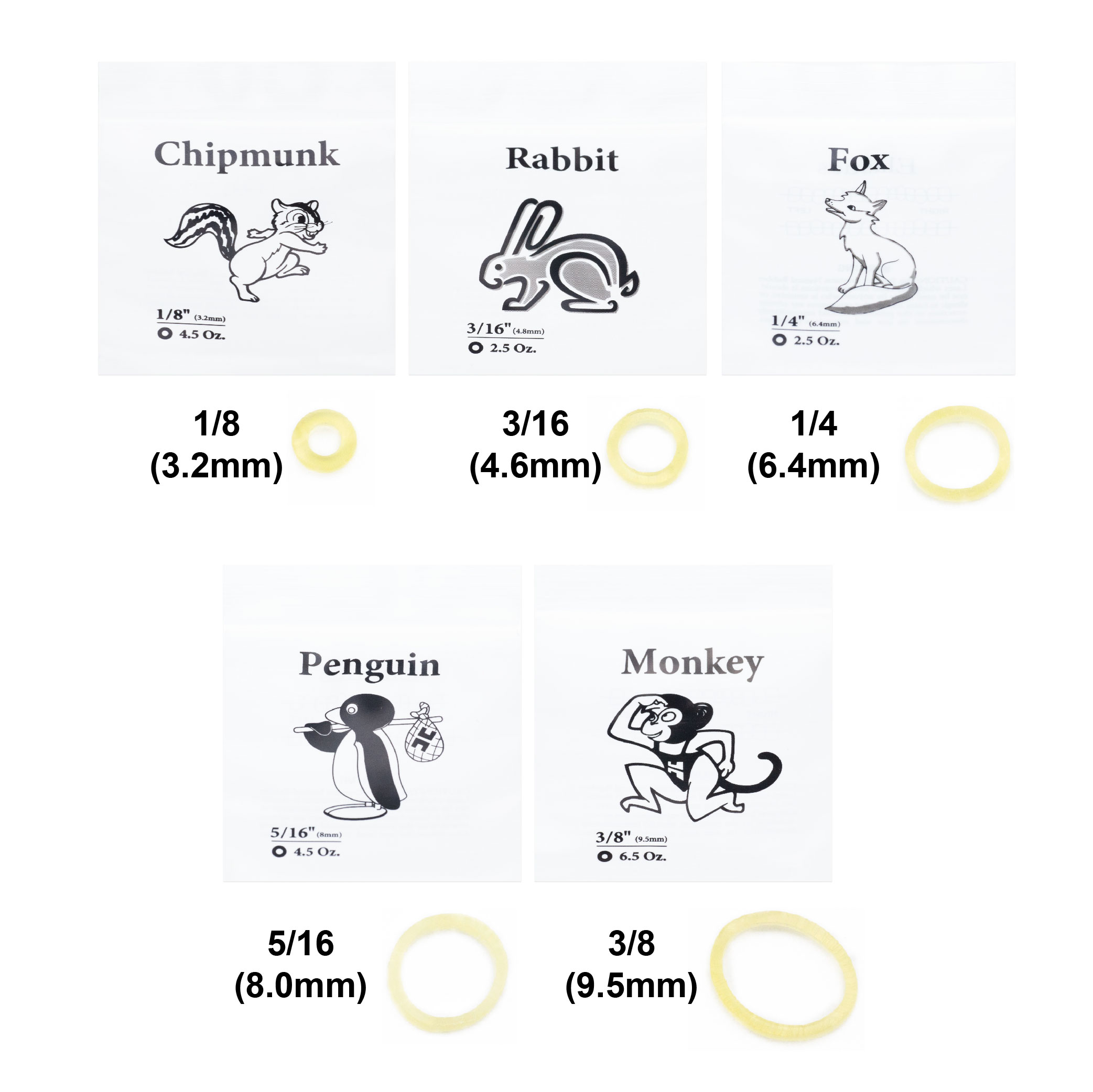In modern orthodontic treatment, orthodontic rubber band serve as important auxiliary tools, and their quality and diversity directly affect the orthodontic effect and patient experience. With the advancement of technology and the growth of market demand, orthodontic rubber rings have a variety of materials, colors, and models to choose from, and can even provide customized packaging services, providing clinical doctors and patients with a choice space.
Material selection: From traditional latex to innovative non latex
The selection of orthodontic traction ring material is the primary consideration in clinical applications. Traditional latex rings have good elasticity and durability, and are relatively economical in price, making them a commonly used choice in clinical practice for a long time. However, with the increase of latex allergy population, non latex traction rings have emerged, made of medical grade synthetic materials, which not only avoid allergy risks but also maintain good mechanical properties.
Color enrichment: the transition from functionality to aesthetics
Modern orthodontic traction rings have broken through the traditional single transparent or gray design and developed a rich and colorful color selection. This change not only satisfies the aesthetic pursuit of adolescent patients, but also makes the rubber ring a fashionable accessory for expressing personality.
Basic color scheme: including low-key choices such as transparent, white, light gray, etc., suitable for professionals
Bright color series: such as pink, sky blue, purple, etc., deeply loved by teenagers
The colorful rubber ring greatly improves the wearing compliance of adolescent patients, and when corrective tools become a part of fashionable expression, the treatment process becomes more interesting
Diversified models: precise matching of clinical needs
Different stages of orthodontic treatment and different bite problems require traction rings with different mechanical properties. Modern orthodontic traction rings offer a variety of models to choose from, ranging in diameter from 1/8 inch to 3/8 inch, with varying degrees of strength, allowing clinicians to select the most suitable product based on each patient’s specific situation.
Common model classifications include:
Lightweight (2-3.5oz): Used for fine adjustment and initial adaptation
Medium (4.5oz): Used during the regular correction phase
Heavy duty (6.5oz): Used in situations where greater traction is required
If you interested our rubber band and want to know more details information,welcome to contact us anytime.
Post time: Jun-26-2025



